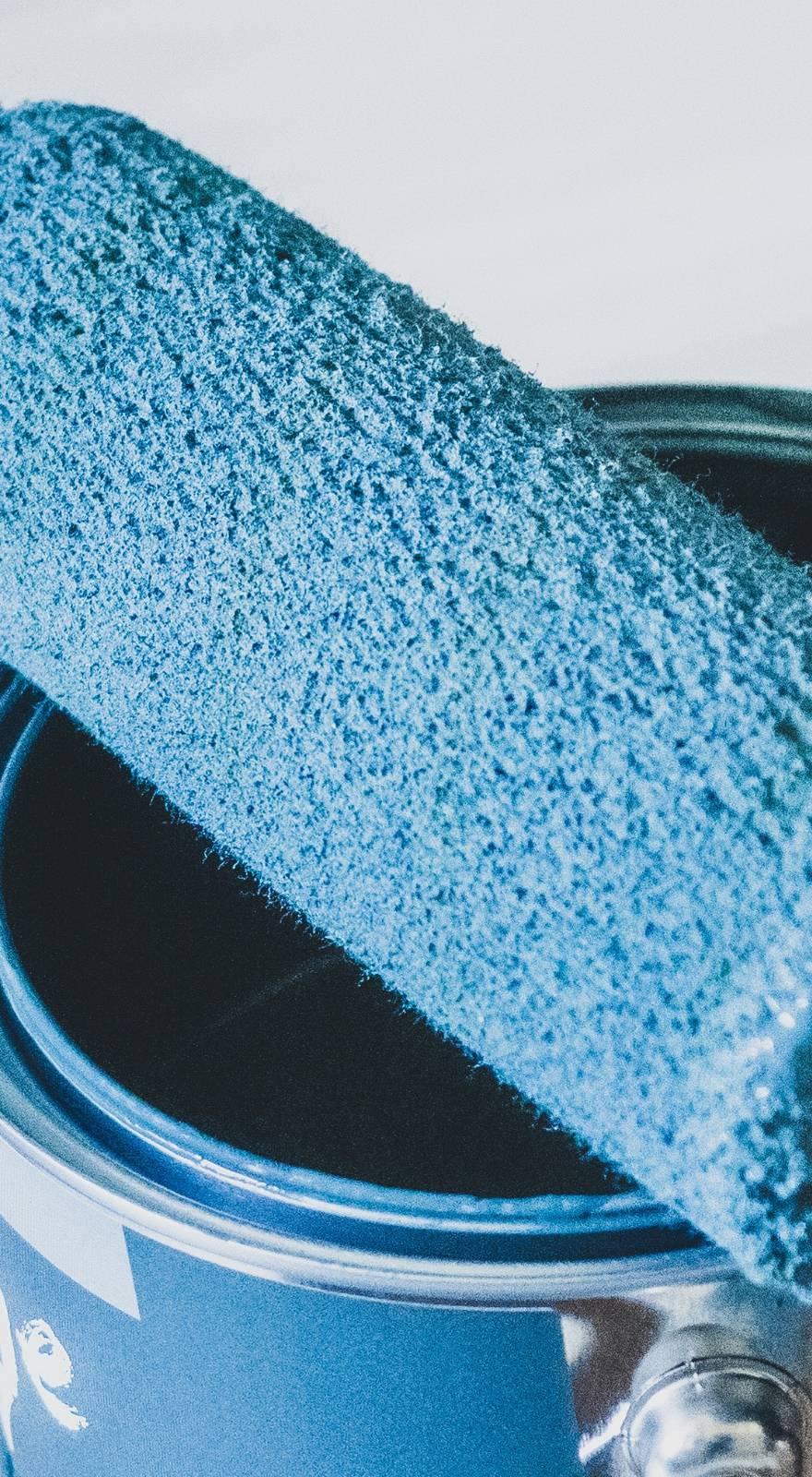Knowde Enhanced TDS
Identification & Functionality
- Plastics & Elastomers Functions
- Technologies
Features & Benefits
- Materials Features
- Typical Properties of the Coating
- long term antifog, antiblock and antistatic finishing for several years surface resistance as far as 1*1010 Ω at standard climatic conditions
- strong adhesion of the coating agent to the plastic surface resulting in high stability against physical effects such as friction etc.
- the coating is temperature resistant resulting in unproblematic thermoforming without impairing the antifog, antiblock or antistatic finish
- the slip properties of the plastic surfaces are improved by the coating
- striation-free highly transparent coating
- no migration into the liquid filled, no accumulation during recycling
- usable in the packing industry for foodstuffs according to EC-Directives and US FDA food additive regulations
- MECOSTAT-3/723 is high yielding and therefore keeps down costs of antifog, antiblock and antistatic finish
- problem-free recycling of coated plastics
Applications & Uses
- Markets
- Compatible Polymers & Resins
- Plastics & Elastomers End Uses
- Areas of Application
Antifogging, antistatic and antiblocking finishing of
- transparent thermoforming sheets
- transparent films for food packaging
- transparent films for packaging of farm products
- transparent molded, injection molded parts
- Mode of Antifog Operation
- Antifogging performance hinges on two chemical capabilities: sheeting and hydrophilicity, (the compatibility of the molecules with water).
- Water ordinarily condenses on a surface as tiny droplets, which refract light in such a way that you cannot easily see through the surface. If the surface is treated with an antifogging agent, you get a vastly different picture.
- The antifogging agent molecules are hydrophiles, so they dissolve in the water droplets. And as they do, they lower the surface tension of the droplets. Droplets spread on the surface and form a continuous film. This film refracts light the same way as a dry surface with the result of a clear visibility
- Processing Directions
- the following processes are suitable for coating: immersion bath, felting, roller application, application by flexographic or gravure printing, spray coating, rotor spraying coating (the
- appropriate processes are dependent on the application purpose)
- coating quantity: 1 to 3.5 g per sqm (wet coating amount) the coated surface must be completely dry before further processing or rolling up the sheet (if required, drying with warm air)
- MECOSTAT-3/723 is supplied as a ready for use solution
- machine parts which come into contact with MECOSTAT-3/723 should be made of corrosion proof materials
- a combination of MECOSTAT-3/723 with antistatic additives is not recommended because of possible reactions
- depending on the particular application corona pretreatment is recommended (on Polyolefines and Polystyrene)
- due to the large number of applications and processing procedures we would like to point out that corresponding tests have to be performed by the customer to make sure that there will be no incompatibility with the raw materials, additives and the processing procedures
- Calculation of the consumption rate
Consumption rate of MECOSTAT-3 per kg plastic

Coated sheet per kg MECOSTAT-3

Typical value of spec. weights of different plastics
The exact specific weight depends on both, the plastic formula used and on the additives used. Therefore, the given values are only approximated values.
APET 1.35 g/cm³ PVC 1.42 g/cm³ PP 0.93 g/cm³ PETG 1.17 g/cm³ LDPE 0.95 g/cm³ HDPE 0.92 g/cm³ PS 1.10 g/cm³ ABS 1.12 g/cm³ PC 1.20 g/cm³ PTFE 2.16 g/cm³ PMMA 1.18 g/cm³ PUR 1.25 g/cm³
Properties
- Physical Form
Regulatory & Compliance
- Certifications & Compliance
Safety & Health
- Safety
MECOSTAT-3/723 as well as the raw materials contained in it comply with the appropriate EC-Directives and with the US FDA food additive regulations.
MECOSTAT-3/723 is environment-friendly and easily biodegradable.

